Winter Workout Warm Up Injury Prevention l Paul Zaichik l ElasticSteel l EasyFlexibiity
Avoiding Injuries in cold weather and sample warm up.
The thermometer has been at it’s lowest in recent days. I have been asked about training. Some people asked if they should dial their training back. Others wanted to know if there is an increased risk of injury when training at low temperatures. While others wondered how to warm up properly to avoid injuries.
So let’s start with the basics. Research has proven what every instinctively knows, that the probability of injuries rise in the cold. This is significant for many people, who perform for a living, compete at high level or simple exercise for general wellness
A large percentage of people train just outside of injury. This means that just a minor additional stressor can cause damage. Cold temperature can be that stressor.
Out of all the tissues, the tendons are most suspect-able to cold, followed by ligaments. Muscle injuries can happen, but are less common.
Don’t confuse being “warm blooded” to being immune from the effect of temperature changes on your musculoskeletal system. Obviously all humans are warm blooded. However, some people do better in cold environment than other. Same way as some people tolerate heat better than others. This is worth mentioning because this culprit can be overlooked.
Being able to walk around in a shorts, T-shirts and slippers in 40 Fahrenheit degree weather (+4 degree celcius), is does not make one bullet-proof to injuries from the effect cold weather. I have seen people make this mistake. Regardless of how you take cold and how strong your immune system is, your training can’t be the same in summer and in the winter, without an increased risk of injury, when temperatures drop. This is because of the defensive adaptation in your body to preserve heat.
In terms of dialing back your training, when it get’s cold. Is it necessary? If done properly, no you don’t need to do that.
So what is “properly”? Most common answer I hear is “longer warm up”. “you need a longer warm up” is like a doctor telling patient “you need to loose weight”. What does it mean? How do you do it?
My research and practice does not point to “longer warm up”, but to a more careful warm up. Or rather “more gradual warm up”
The first thing to keep in mind is that when the body is trying to preserve heat, the vital organs located in the center is the priority. This means the extremities get less heat distribution. So wearing long sleeves instead of T-shirt, pants instead of shorts is a good idea. Socks and even gloves. If any body part feels cold, it should be covered.
Next is the warm up. The blood and heat must be moved out of the center toward the extremities. Also tissues around the joints should be warmed up gradually. For this reason, exercises that work the core and easy on the tendons are best to start with. Here is a sample warm up routine following these principles.....
Full Article is here: https://www.easyflexibility.com
-
 2:22
2:22
ElasticSteel
3 years agoMechanics Of A Side Split
102 -
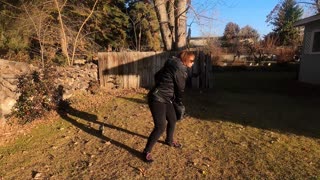 2:08
2:08
Kettlebell Plus 360
3 years agoSandbag Training for Injury Prevention
31 -
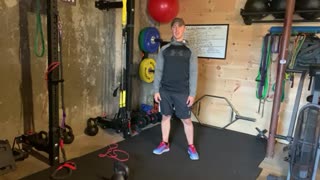 4:41
4:41
DrivenOutdoorPerformance
3 years agoThanksgiving Day Workout Warm Up
634 -
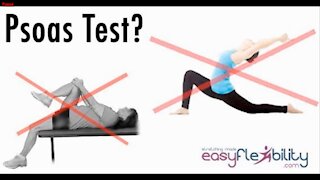 6:06
6:06
Stretching Made Easy
3 years agoPsoas Test Which Hip Flexors Are Tight Paul Zaichik l EasyFlexibility l ElasticSteel
136 -
 5:33
5:33
ItsMeChristina
3 years agoStaying Warm This Winter
226 -
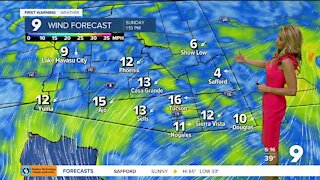 2:37
2:37
KGUN
3 years agoWarm winter highs through Friday
2 -
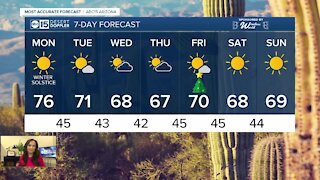 3:17
3:17
KNXV
3 years agoForecast: Warm start to the Winter Solstice
10 -
 0:15
0:15
coontie57
3 years agoCOVID winter is approaching! Keep WARM!
35 -
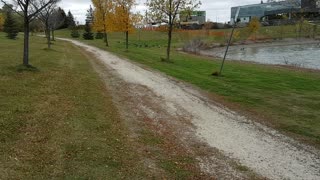 1:01
1:01
mulTyfun
3 years ago $1.63 earnedWinter winter winter
6.14K7 -
 0:41
0:41
ChampeyTillotson
3 years ago $0.10 earnedWinter Sledding
3211